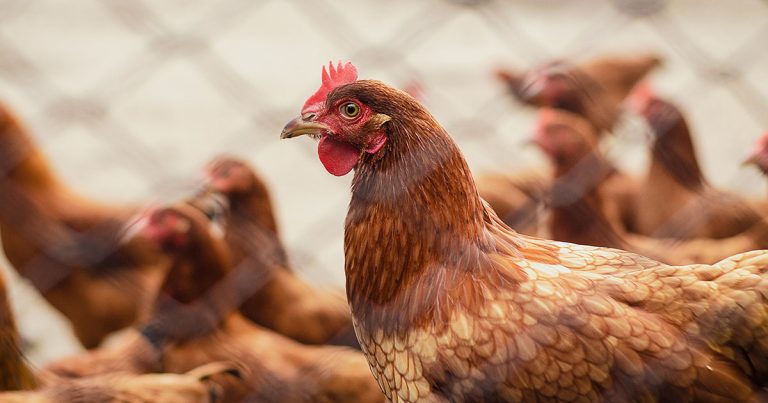3–6-2023 (HANOI) While experts stress that the risk to humans remains low, recent changes in the surging number of bird flu cases in mammals have become a cause for concern.
Since emerging in 1996, the H5N1 virus had primarily caused seasonal outbreaks. But something changed in mid-2021 that made the viruses much more infectious, says Richard Webby of St Jude Children’s Research Hospital.
Since then, outbreaks have persisted year-round, spreading to new areas and causing mass deaths among wild birds and the culling of tens of millions of poultry. Webby calls it the largest avian influenza outbreak ever.
His research showed how the virus evolved as it spread from Europe to North America, increasing in virulence and causing more severe disease in ferrets. While the risk to humans remains low, Webby warns the virus is “changing” and increasingly adapted to mammals.
In rare cases, humans exposed to infected birds have contracted the virus. An alarming number of mammals have also tested positive, believed to have caught the virus from eating infected birds. Experts worry signs of mammal-to-mammal transmission could indicate worrisome adaptation.
Vaccinating poultry could help reduce bird flu cases and the threat to humans, Webby says. While some countries currently vaccinate birds, many have been reluctant due to trade restrictions and concerns infected vaccinated birds could spread undetected. The U.S. recently started testing poultry vaccines and France plans to begin vaccinating birds this fall.
Experts now agree vaccination should “be on the table” as a useful tool to curb the rapid evolution and spread of these dangerous bird flu viruses.




